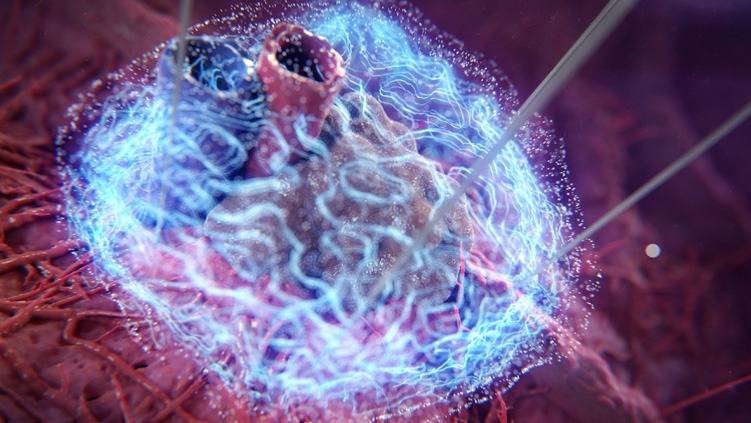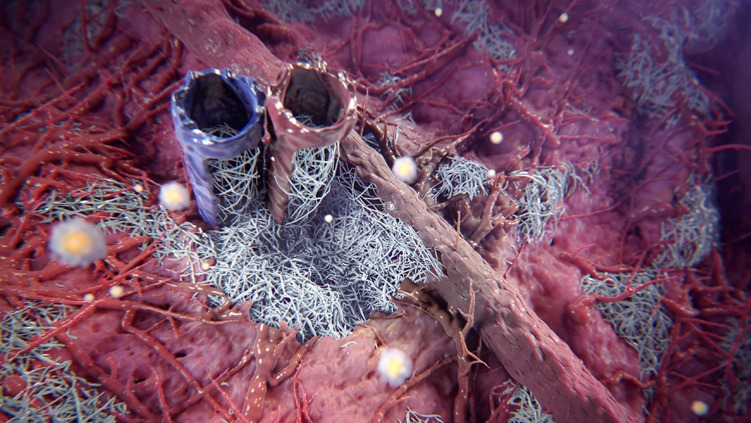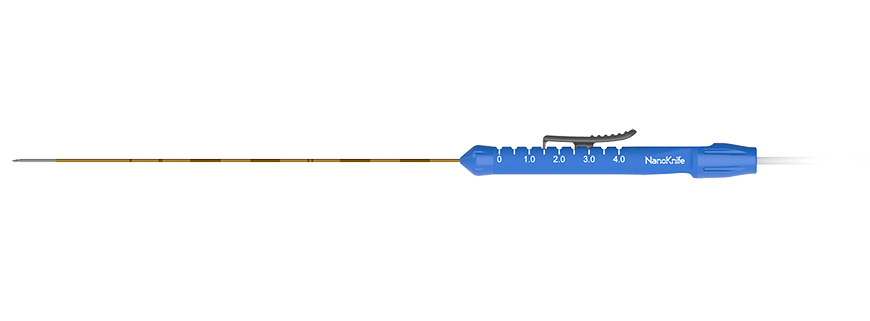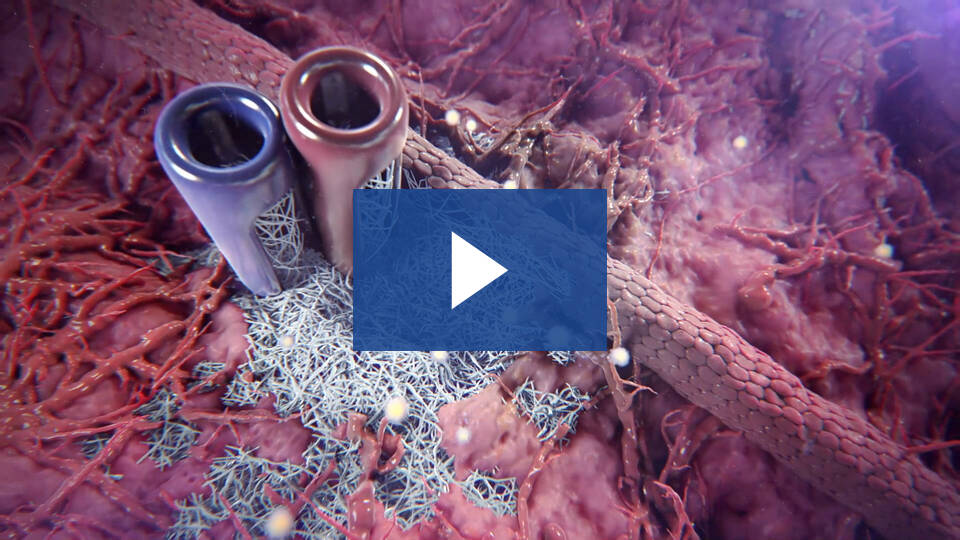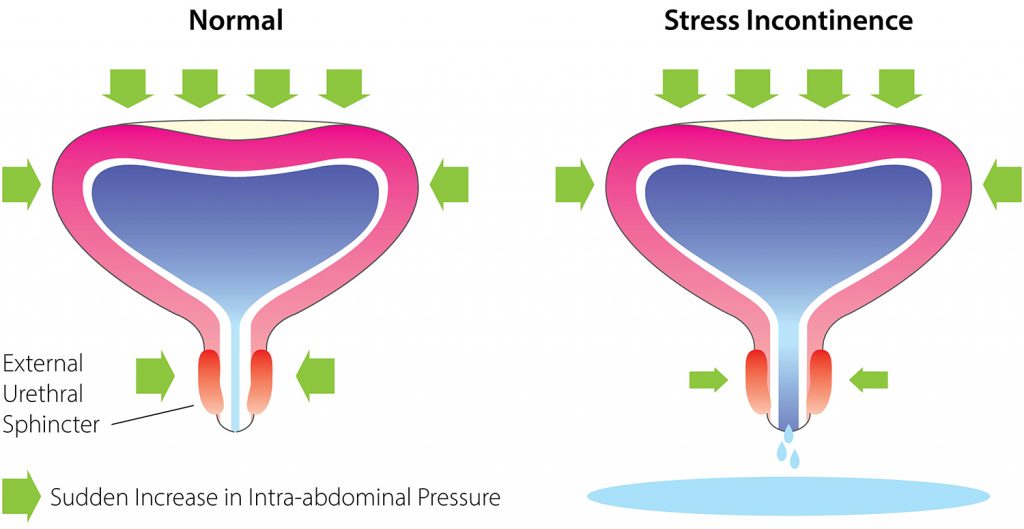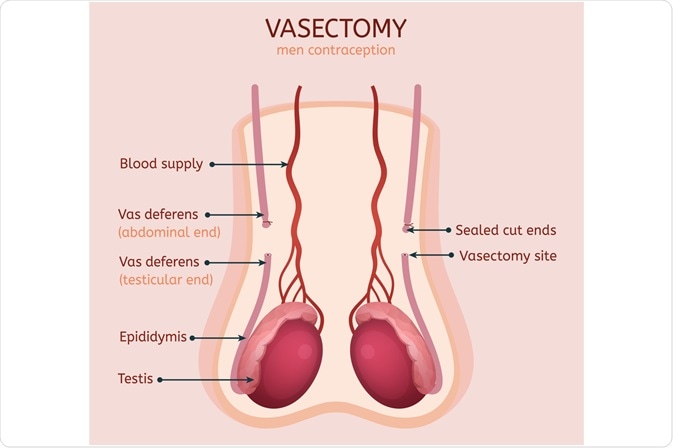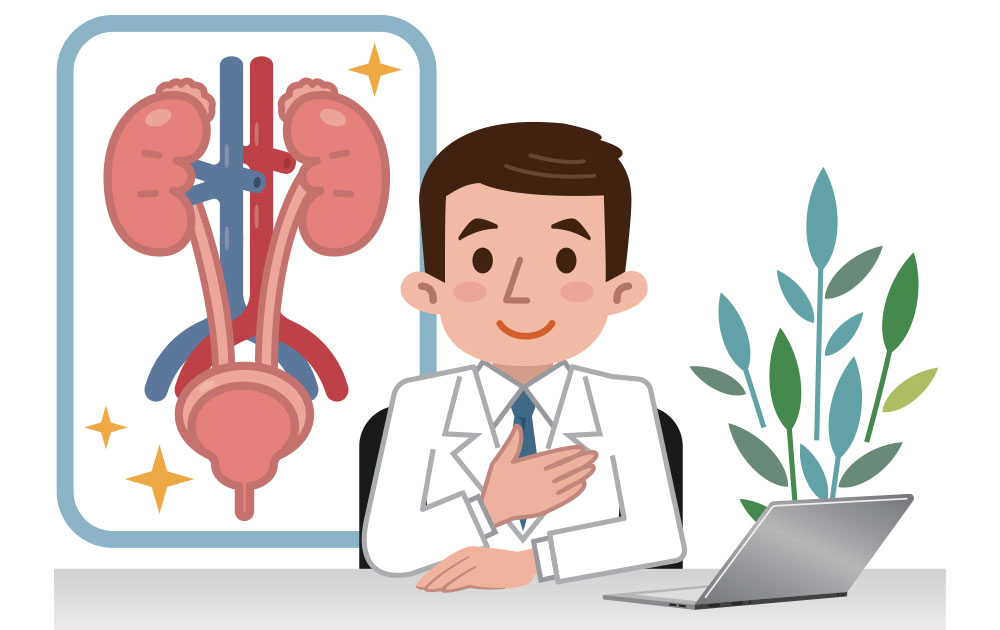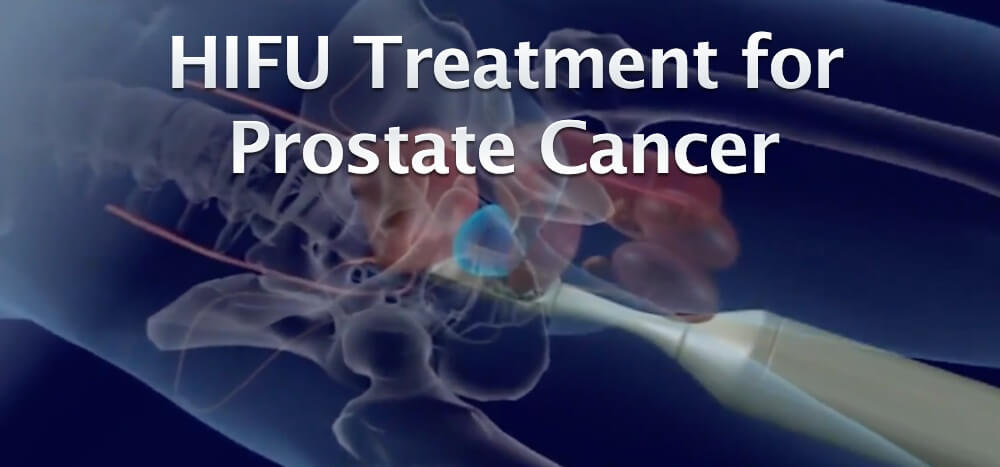Urologists Dr. David Robbins, Dr. Ricardo Gonzalez and Dr. Rahul Mehan provided their perspectives and experiences when using the GreenLight XPS™ Laser Therapy System for patients requiring further intervention following a UroLift™ procedure.
The UroLift System is commonly used to treat benign prostatic hyperplasia (BPH) and involves the use of implants to hold open the obstructed pathway blocking urine flow. UroLift offers rapid and significant improvements in symptoms, urinary flow and quality of life sustained through five years, and patients can preserve sexual function.1 UroLift is indicated for the treatment of symptoms due to urinary outflow obstruction secondary to BPH, including lateral and median lobe hyperplasia, in men 45 years of age or older. It is contraindicated for patients with a prostate volume of >100 cc. The American Urological Association (AUA) Guidelines recommend UroLift for patients with Lower Urinary Tract Symptoms (LUTS)/BPH with prostate volume 30-80 cc and verified absence of an obstructive middle lobe.2 In some cases, patients experience a reoccurrence of symptoms and require further treatment to manage their BPH. In the pivotal trial, UroLift patients had a 13.6% surgical retreatment rate and 10.7% medical retreatment rate at five years.1
Therapy with GreenLight is proven to effectively and safely treat a broad spectrum of BPH patients, including those at high risk (e.g., larger prostate, older age, greater comorbidities) and on anticoagulants, while providing long-term durability, reduced bleeding, and shorter hospitalization and catheter times as compared to transurethral resection of the prostate (TURP).3-5 GreenLight provides durable results and symptom relief for patients.6
According to the Instructions for Use for both devices, following are important considerations for both treatments:
- The videos are on Vimeo and able to be embedded as well:
What goes into patient selection for UroLift, and why might patients choose UroLift for BPH?
Dr. Mehan: There are many reasons why patients would choose UroLift to treat their BPH, including that it can be performed in the office under local anesthesia and the return to normal voiding is rapid.2 Additionally, sexual function is preserved, and symptom improvement is rapid and significant. Finally, there is minimal risk with the procedure, and it doesn’t negate the option for future treatment options if they are needed.2
Typically, optimal patient candidates for UroLift have a prostate volume of less than 80 cc when not on medical therapy, with International Prostate Symptom Score (IPSS) ≥ 12 with associated bother, and a Qmax (peak flow rate) less than 15 mL/s.1
Dr. Robbins: When I’m choosing patients for BPH surgery, I find out what their goals and needs and wants are as far as ejaculatory maintenance. Additionally, I assess their physical condition to determine key factors such as how much obstruction they have, how big their prostate is, what does the bladder look like, do they have a median lobe, etc. For a UroLift candidate, I’m looking for smaller prostates, and patients who are not in retention and are interested in ejaculatory preservation.2
How often are you seeing patients in your practice require intervention following treatment with UroLift?
[In the pivotal trial, UroLift patients had a 13.6% surgical retreatment rate and 10.7% medical retreatment rate at five years.1
Dr. Gonzalez: I specialize in voiding dysfunction, and I see men who need treatments for their BPH daily – between 8 and 10 per week. Of these patients, one or two are candidates for minimally invasive surgical therapy (MIST) procedures in my particular practice.
I usually treat at least one patient a week who has had prior UroLift intervention and, for those, I tend to do laser procedures. It allows me more versatility because I can treat different shapes and morphologies of prostates, and I tend to lean on those therapies for most men.
I do not feel that UroLift is necessarily a bad option, but it may have been too little too late for these particular patients, and not enough to solve their problem.
What are the symptoms patients present with prior to reintervention?
Dr. Gonzalez: My patients who present with prior UroLift and now are considering reintervention generally are doing so because either their original symptoms persist or they appear to have been exacerbated. Some examples include patients who have smaller prostates that might have primary bladder neck obstruction or a puckered appearance of the bladder neck.
Other patients present because the degree of improvement that they experience was not to their expectation or was not good enough to allow them to be able to stop medical therapy.
Dr. Robbins: I don’t see a lot of patients who have had UroLift and who have major complications from the implants. Some patients just don’t have the relief that they expected they would have. They’re continuing to have the typical BPH symptoms of urinary urgency, frequency, they’re waking up at night, they’re straining to urinate.
Why do you choose to use GreenLight for a UroLift patient requiring reintervention?
Dr. Mehan: I absolutely love utilizing GreenLight for UroLift re interventions. It is the most versatile treatment option I offer in my practice. It allows me to open the central tissue and better address the lateral lobes. I can also take down high riding bladder necks or median bars very easily and efficiently. From a patient standpoint, it avoids the risks of erectile dysfunction as seen with the TURP procedure.4 Also, with the ejaculatory hood sparing technique, ejaculatory function can better be preserved.9
Dr. Gonzalez: What I love about GreenLight is the versatility of the laser. With that single laser technology, I can do a simple incision of the prostate. I can vaporize the prostate or perform an enucleation of the prostate with a safe technology that minimizes bleeding.3 When I have a patient who has a tight bladder neck or high median bar, and who hopes to preserve as much ejaculatory function as possible, making an incision of the prostate with GreenLight is effective and can have an antegrade ejaculation rate of 85%.10
In patients who have bulky obstruction by the lateral lobes, photo-selective vaporization (PVP) and enucleation techniques along with vaporization incision technique (VIT) with GreenLight allows resection of the obstructing tissue as well as the UroLift clips, and allows us to remove the obstruction, thereby improving the patient’s ability to void the bladder, and impact their quality of life.4 Also, in patients who had an obstructing median lobe, you can enucleate the median lobe and enucleate the lateral lobes. Or you can enucleate the median lobe and vaporize the lateral lobes. The benefit is that the same laser allows you to employ different techniques where needed within the prostate.
And these techniques are not solely exclusive. For example, one man may only have vaporization or one man may only have enucleation. In the same patient you can enucleate one lobe, but vaporize two lobes, or enucleate two lobes and vaporize one lobe. GreenLight is versatile enough that it lets you employ the technique you need to solve the problem, and I think of it as my Swiss Army knife in my arsenal for BPH.
And not only allowing me to treat different shapes and sizes, but also higher risk men who are perhaps anticoagulated or who are just delicate enough that I would not want to do a type of procedure like a TURP where the patient might need to stay the night in the hospital.5 As much as possible, I really want to do day surgery and have a patient go home the same day to keep them out of the hospital. In the U.S., GreenLight can be a same-day procedure.11 This helps to avoid exposing them to risks that may be inherent from a hospital stay, but also keeps us from using hospital resources that we don’t have to use.
Dr. Robbins: GreenLight is a great solution because here in the U.S., it can be a day surgery procedure with minimal catheterization time, bleeding and recovery.11,12 Additionally, with GreenLight you can remove the UroLift implants.
As a treatment in and of itself, GreenLight is really definitive – you can actually take away or vaporize the majority of the obstructing tissue. You can remove the median lobe and the UroLift implants and create a nice open channel for the patient to void through and have significant relief of their symptoms.
GreenLight7
The GreenLight Laser System is intended for incision/excision, vaporization, ablation, hemostasis, and coagulation of soft tissue, including photoselective vaporization of the prostate for benign prostatic hyperplasia (BPH). The laser system is contraindicated for patients who are: contraindicated for surgery, contraindicated where appropriate anesthesia is contraindicated by patient history, have calcified tissue, require hemostasis in >2mm vessels, have uncontrolled bleeding disorders, have prostate cancer, have acute urinary tract infection (UTI), or severe urethral stricture. Possible risks and complications include, but are not limited to, irritative symptoms (dysuria, urgency, frequency), retrograde ejaculation, urinary incontinence, erectile dysfunction, hematuria – gross, UTI, bladder neck contracture/outlet obstruct, urinary retention, perforation – prostate, urethral stricture.
UroLift8
The UroLift System is indicated for the treatment of symptoms due to urinary outflow obstruction secondary to benign prostatic hyperplasia (BPH), including lateral and median lobe hyperplasia, in men 45 years of age or older. The UroLift System should not be used if the patient has: a prostate volume of >100 cc, a urinary tract infection, urethral conditions that may prevent insertion of delivery system into bladder, urinary incontinence due to incompetent sphincter or current gross hematuria. Possible risks and complications include, dysuria, hematuria, pelvic pain, micturition urgency, urinary incontinence, calculus urinary, retention, nocturia, pollakiuria, bladder spasm, blood clot in urine, urge incontinence and painful ejaculation.
